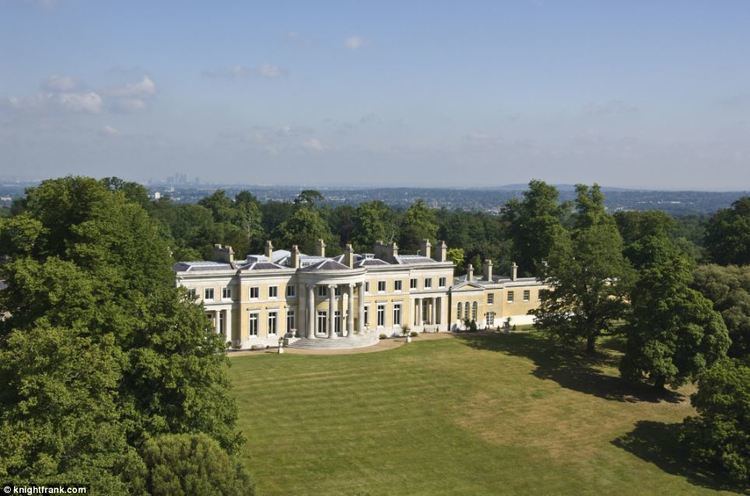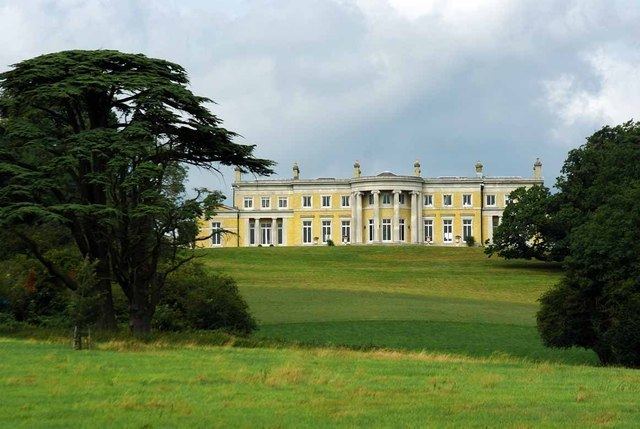 | ||
Similar | ||
Holwood house england 1957 8mm film
Holwood House is a 25,060 square feet (2,328 m2) country house in Keston, near Hayes, in the London Borough of Bromley, England. The house was designed by Decimus Burton, built between 1823 and 1826 and is in the Greek Revival style. It was built for John Ward who later employed Burton to lay out his Calverley Park Estate in Tunbridge Wells. The gate lodges of that estate take their names from the gate lodges on the Holwood Estate - Farnborough Lodge and Keston Lodge.
Contents
- Holwood house england 1957 8mm film
- Home of William Pitt the Younger
- Wilberforce Oak
- Ownership
- References

Holwood is a Grade I listed building, while its grounds, the Holwood Estate, are on the Historic England Register of Parks and Gardens of Special Historic Interest in England.

Home of William Pitt the Younger

Holwood House is on the site of an earlier building owned by William Pitt the Younger, and the grounds contain the remains of an Iron Age fort known as a "Caesar's Camp", which is a Scheduled Ancient Monument. Pitt is thought to have caused the Fort remains to be levelled in order to landscape the estate's gardens.

The house was described in Thomas Wilson in his Accurate Description of Bromley in Kent of 1797 as " a small, neat, white building; it is more simple than elegant, and built on a rising ground, which commands one of the most fertile, variegated, and extensive inland prospects in the whole county". Wilson added " A stranger visiting this house, to view the country mansion of the prime minister of Great Britain, would be exceedingly surprised, to find it so insignificant in size and external appearance". Pitt engaged John Soane to enlarge the house and Humphrey Repton to improve the grounds.
Wilberforce Oak

The grounds contain the stump of a tree known as the Wilberforce Oak, easily distinguished from the surrounding trees by a stone seat constructed in its shade.

A Wilberforce diary entry in 1788 reads: "At length, I well remember after a conversation with Mr. Pitt in the open air at the root of an old tree at Holwood, just above the steep descent into the vale of Keston, I resolved to give notice on a fit occasion in the House of Commons of my intention to bring forward the abolition of the slave-trade".
An oak sapling was planted in 1969 to replace the aging original pollard oak (Quercus robur, also known as English brown oak). The work was carried out by the Forestry Section of the Kent County Council's Estates Department in collaboration with the Anti-Slavery Society of Denison University.
By 1987 the original oak tree was a hollow shell surrounding a new sapling grown from one of its acorns. This young tree blew down in the 'Great storm' of 15/16th October 1987. Slices of it were sold off by the London Borough of Bromley's Parks Dept. as a fundraiser to plant trees to replace those lost through the borough. A new sapling, the third generation, taken from an acorn of younger tree now stands beside the remains of the original tree.
Ownership
The house is privately owned by the Crabb and Puddephatt family and was bought in June 2016.
